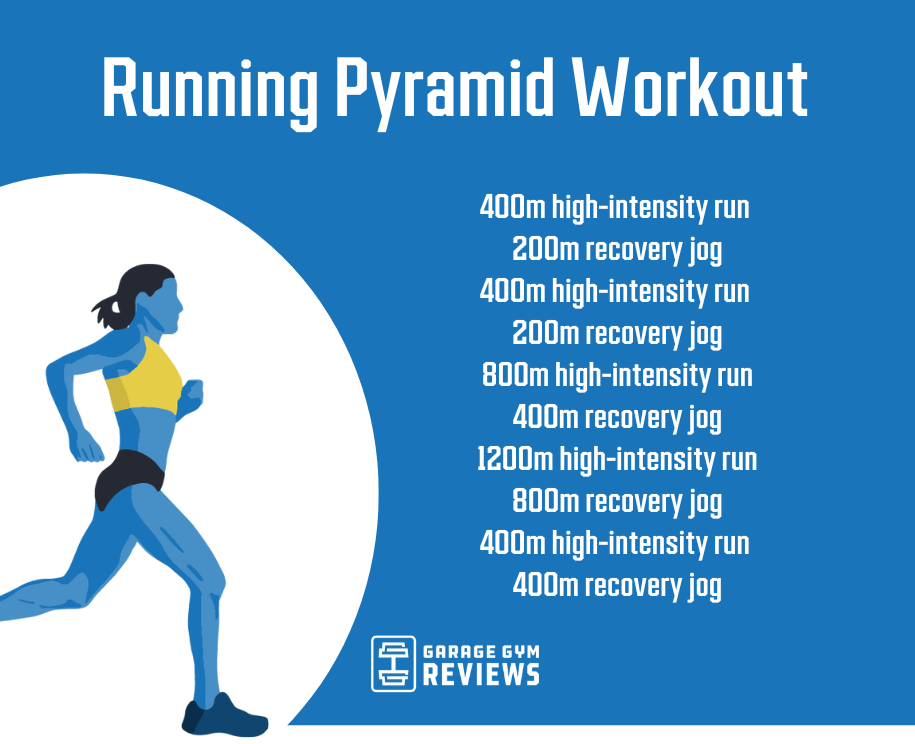Turbocharge Your Runs: Open Your Prospective with Strategic Running Workouts
Turbocharge Your Runs: Open Your Prospective with Strategic Running Workouts
Blog Article
Exactly How to avoid and Take Care Of Pain in Running: Professional Tips and Advice
As runners, we typically locate ourselves captured between the exhilaration of pressing our physical boundaries and the discomfort that can accompany it. The quest of that runner's high can often be impeded by the undesirable companion of pain. Whether you are a skilled marathoner or a novice striking the sidewalk for the initial time, the bothersome presence of pain and discomfort is a common measure. There exist proven approaches and skilled suggestions that can help mitigate and take care of these discomforts, enabling you to concentrate on the pleasure of running itself.
Significance of Appropriate Shoes
Appropriate footwear plays an essential role in protecting against and handling pain for joggers, as it substantially influences their comfort, efficiency, and overall foot wellness. When it pertains to running, using the right shoes can make all the distinction. Uncomfortable or incorrect shoes can result in a host of problems such as blisters, shin splints, plantar fasciitis, and also much more serious injuries like stress fractures.
Choosing the right running shoes involves considering elements such as foot type, stride mechanics, running terrain, and personal preferences. Runners with high arches might call for more padding and support, while those with level feet could benefit from stability footwear. In addition, comprehending pronation (the inward rolling of the foot) and supination (the outward rolling of the foot) can aid in picking shoes that give the right level of arch support.
Investing in top quality running footwear that are proper for your individual demands can assist prevent discomfort and pain while enhancing your running experience. Focusing on correct footwear is not almost efficiency but additionally concerning protecting your foot health over time.

Effective Warm-up Techniques
Footwear option is simply one aspect of getting ready for an effective run; another vital component is carrying out reliable workout strategies to maximize efficiency and reduce the danger of injury. A vibrant warm-up routine prior to a run assists boost blood flow to the muscle mass, boosts flexibility, and boosts the variety of activity of the joints. Dynamic extends like leg swings, high knees, and hip circles are advantageous in preparing the body for the physical demands of running. Gradually enhancing the intensity of the workout workouts can help activate the muscles and improve neuromuscular control.
In addition to dynamic stretches, integrating some light cardio workouts such as running or avoiding rope can further elevate the heart rate and heat up the body. This combination of dynamic stretching and light cardio assists loosen limited muscular tissues, lube the joints, and psychologically prepares the jogger for the upcoming workout (running workout). By making warm-ups a regular part of your running routine, you can dramatically lower the danger of injuries and carry out at your ideal during each run
Key Stretching Exercises
When planning for a run, incorporating crucial extending exercises is important to improve muscle mass flexibility and protect against injuries - Read More. Dynamic extends such as leg swings, high knees, and hip circles are helpful for heating up the muscles and increasing series of motion prior to a run. These activities help enhance blood flow, loosen limited muscles, and prepare the body for the activity ahead
Static stretches like calf stretches, hamstring stretches, and quadriceps stretches need to comply with a go to help in muscle mass recovery and protect against tightness. Holding each go for 15-30 seconds enables the muscle mass to loosen up and elongate, decreasing the threat of post-run soreness and prospective injuries.
In addition, incorporating yoga poses like downward dog, pigeon pose, and spine spins can target multiple muscular tissue teams concurrently, advertising general versatility and strength. Constant stretching routines not only boost efficiency but also assist in keeping excellent running kind and preventing overuse injuries. Keep in mind, proper extending methods are important for a safe and pleasurable running experience.
Healing and Rest Techniques
After finishing a run, executing efficient recuperation and remainder approaches is essential for making best use of efficiency and decreasing the risk of injuries. Furthermore, including remainder days into your training schedule is important to stop overuse injuries and exhaustion.
Energetic healing strategies such as mild stretching, foam rolling, and yoga can help improve circulation, lower muscular tissue soreness, and enhance adaptability. It is additionally advantageous to focus on hydration and nourishment post-run to renew electrolytes, glycogen stores, and advertise muscle mass healing.
Cross-training tasks like swimming or biking can supply a break from the repetitive effect Check This Out of running while still preserving cardiovascular health and fitness - running workout. Listening to your body and identifying when it requires a break is crucial to avoid persistent injuries and ensuring long-lasting running success. Bear in mind, remainder is not an indication of weakness however an essential element of a well-rounded training routine
Cross-Training Conveniences

It enables you to function on various facets of health and fitness that might not be targeted entirely via running, leading to an extra balanced and well-rounded athlete. Additionally, cross-training can help enhance running efficiency by resolving muscular imbalances and weaknesses that may prevent efficiency.
Conclusion
To conclude, appropriate footwear, workout strategies, stretching workouts, recovery methods, and cross-training are important elements in protecting against and taking care of pain in running. By incorporating these methods into your routine, you can minimize the threat of injury and discomfort while making best use of efficiency and satisfaction of the sport. Read More. Keep in mind to pay attention to your body, focus on remainder and recuperation, and seek professional advice when needed to guarantee a risk-free and effective running experience
Report this page